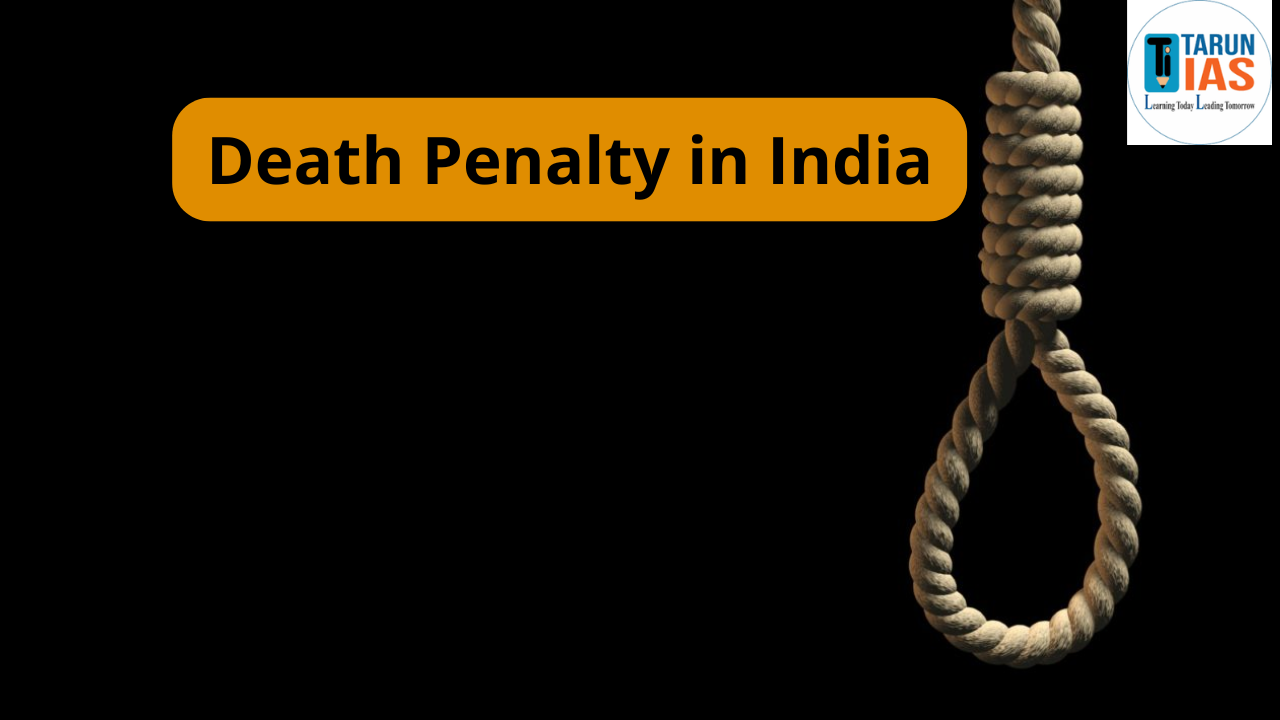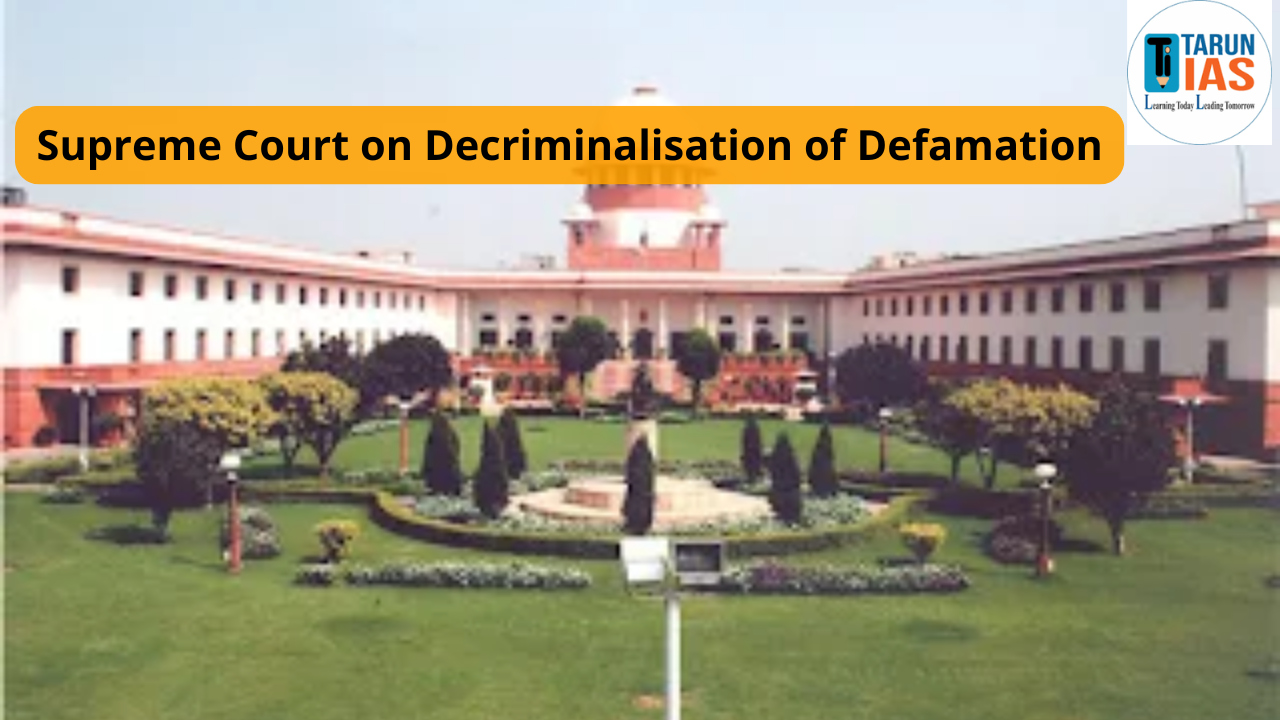The Constitution of India came into effect on January 26, 1950, transforming the Dominion of India into the Republic of India. It was drafted, discussed, and finalized by the Constituent Assembly between 1946 and 1949. The Assembly was formed based on recommendations from the Cabinet Mission of 1946 and held its first meeting on December 9, 1946. Its responsibilities included enacting the constitution, determining which provisions to include, deciding on the national flag, and ultimately adopting the Constitution of India.
Demand for a Constituent Assembly
-
- Origin: In 1934, M. N. Roy, a key figure in the Indian communist movement, proposed the establishment of a constituent assembly.
- Demand by Congress: Subsequently, in 1935, the Indian National Congress (INC) formally demanded the creation of a Constituent Assembly tasked with drafting the Constitution of India. This call for a Constituent Assembly based on universal adult franchise was reiterated by the INC in 1938.
- August Offer: The British Government ultimately accepted this demand in what became known as the “August Offer” of 1940.
- Cripps Mission: In 1942, Sir Stafford Cripps, a member of the British Cabinet, arrived in India with a draft proposal for framing an independent constitution following World War II. However, this proposal was rejected, particularly by the Muslim League, which advocated for the division of India into two autonomous states, each with its own Constituent Assembly.
- Cabinet Mission: The Constituent Assembly was officially formed in November 1946 as part of the Cabinet Mission Plan.
Formation of Constituent Assembly
The Constituent Assembly was established in November 1946. Its primary task was to frame a Constitution for India to facilitate the transfer of sovereign power from British authorities to Indian leadership. To ensure adequate representation for various sections of society, the Assembly included members from existing provincial legislatures as well as from princely states.
- Composition: The Constituent Assembly consisted of 389 delegates from various parts of India. Out of these, 296 delegates were from British India, and 93 seats were designated for the princely states.
- Allocation of Seats: Seats were allotted to provinces and princely states in proportion to their respective populations. Approximately one representative was designated for every one million people. In British provinces, the allocated seats were divided among three principal communities: Muslims, Sikhs, and General (all others except Muslims and Sikhs), in line with their population proportions.
- Mode of Election: The Constituent Assembly was both partly elected and partly nominated. The members were chosen indirectly by those selected from the provincial assemblies, which had been filled through a restricted voting system.
- Participation of Princely States: Initially, princely states did not participate in the Constituent Assembly because they aimed to establish their independent rule after the British departure. However, they eventually nominated their representatives to the Assembly.
- Representation in the Assembly: The Constituent Assembly included all significant personalities of the time, with the exception of Mahatma Gandhi. It represented various sections of society, including Hindus, Muslims, Sikhs, Parsis, Anglo-Indians, Indian Christians, Scheduled Castes (SCs), Scheduled Tribes (STs), and women.
- Elections: Elections to the Constituent Assembly for the 296 seats allotted to British Indian provinces were held in July-August 1946. A total of 208 seats were gained by the Indian National Congress, 73 by the Muslim League, and the remaining 15 by independents and other groupings.
Important facts
-
- 1st Meeting of the Assembly: The members of the Constituent Assembly held their first meeting on December 9, 1946.
- Interim President: The meeting was attended by 211 members and was presided over by Dr. Sachchidananda Sinha, the oldest member of the Assembly.
- Elected President: Dr. Rajendra Prasad was elected as the President of the Assembly.
- Vice Presidents: The Assembly included two Vice Presidents: H.C. Mukherjee and V.T. Krishnamachari.
- Preparation of the Final Draft: The Constituent Assembly took 2 years, 11 months, and 18 days to complete the task of drafting the constitution.
- Adoption of the Constitution: On November 26, 1949, the people of India, through the Constituent Assembly, adopted and enacted the Constitution of India.
Changes by Indian Independence Act, 1947
- Sovereign Body: The Assembly was established as a fully sovereign entity, endowed with legislative powers. This allowed it to formulate any Constitution and to abrogate or modify any laws enacted by the British government.
- Legislative Body: As a legislative body, the Assembly undertook two primary functions: 1) drafting the Constitution and 2) enacting ordinary laws for an independent India.
- First Parliament of Free India: The Assembly became India’s first parliament after independence. When fulfilling its constitutional functions, the Constituent Assembly was presided over by Dr. Rajendra Prasad, while G. V. Mavlankar chaired it during its ordinary legislative activities.
- Final Strength: Following the partition of the country, the members of the Muslim League from the Pakistan Dominion withdrew from the Constituent Assembly for India. Consequently, the Assembly’s final strength was reduced from 389 (as originally stipulated under the Cabinet Mission Plan) to 299.
|
UPSC Articles |
|
| UPSC Interview Marks | |
| UPSC Selection Process | |















